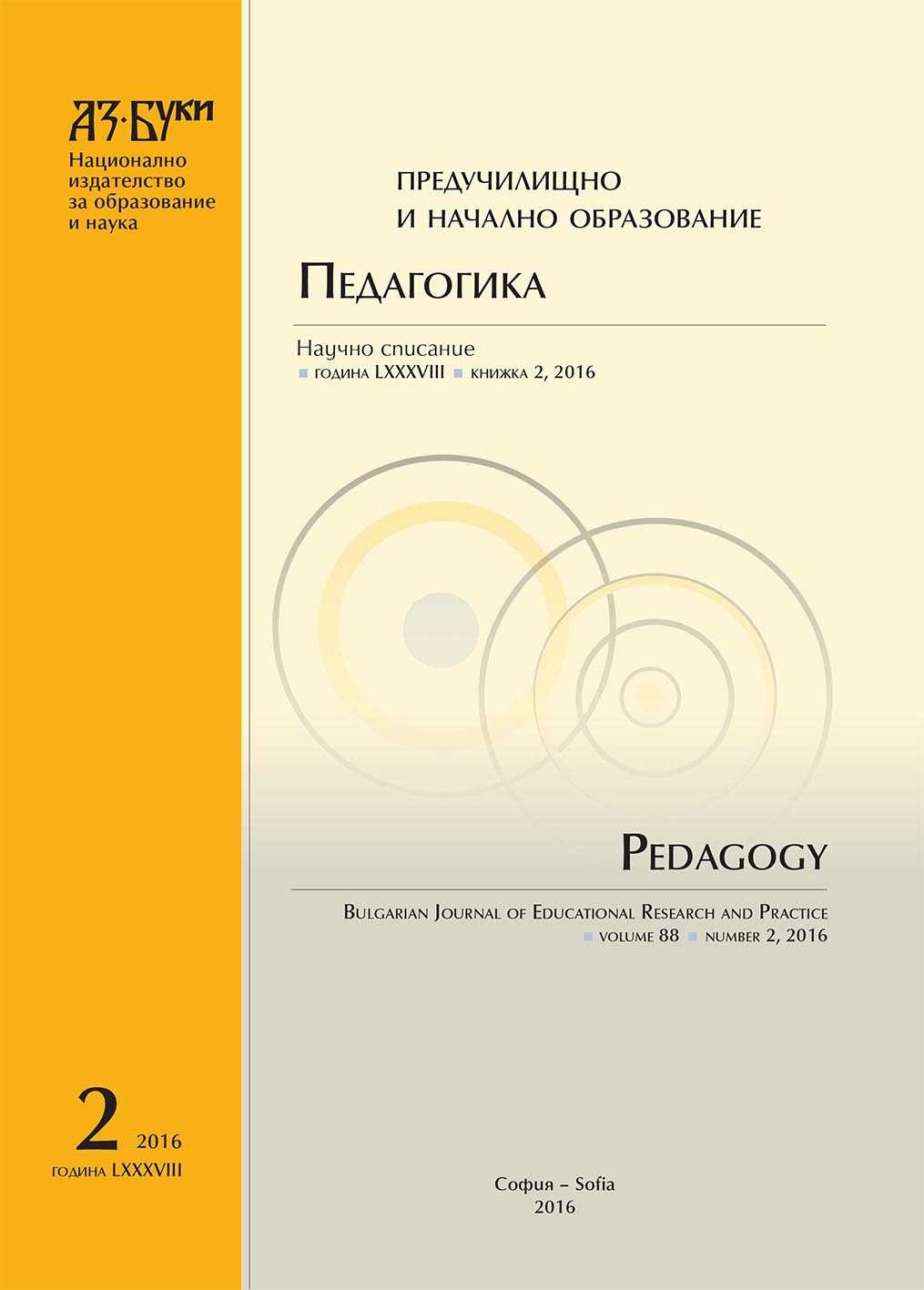
We kindly inform you that, as long as the subject affiliation of our 300.000+ articles is in progress, you might get unsufficient or no results on your third level or second level search. In this case, please broaden your search criteria.

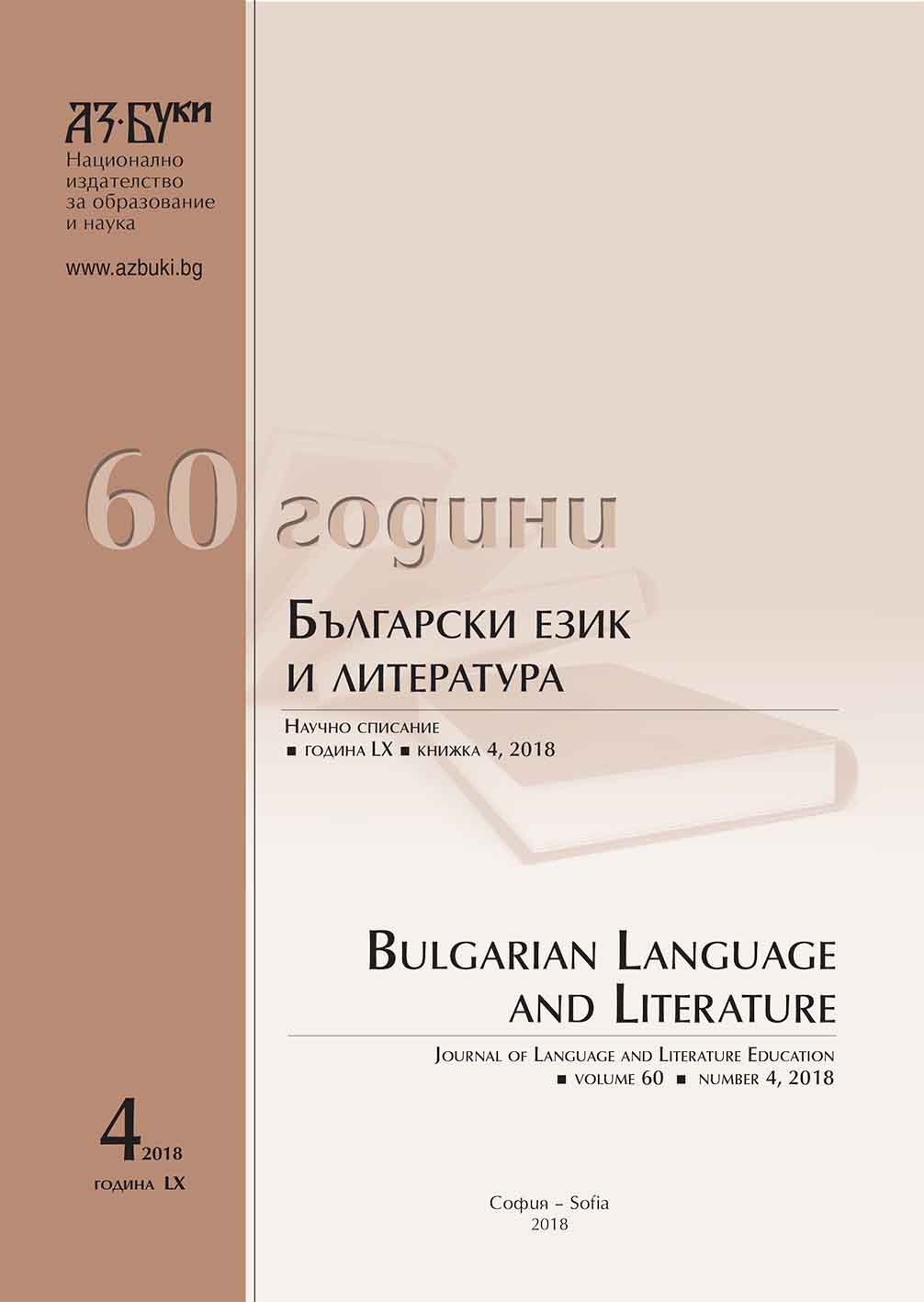

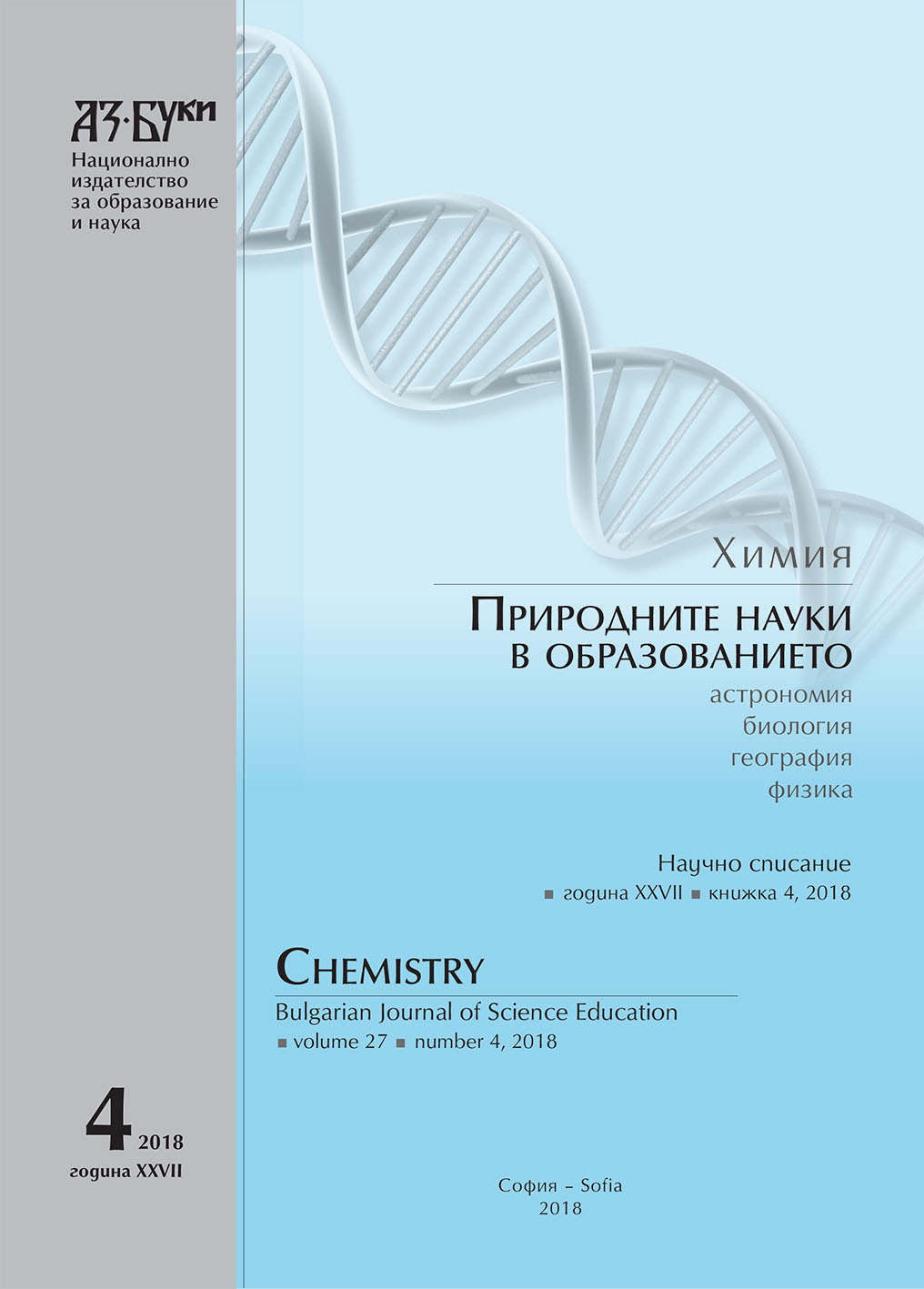
In this paper, we unify the study of the geodesics in the Bondi-Gold-Hoyle universe model. Thus, we obtain analytical solutions of the geodesic equations which describe the motion of space-like, time-like and light-like particles in the considered model. In the case of light-like geodesics, we get the solutions obtained by Marcheva & Ivanov, 2017.
More...
A concise review of the effect of gamma radiation on the living organisms is presented. The medical topics of the problem are elucidated and commented.
More...
The healing power of many plants has been known since ancient times and it is used until nowadays all over the world. The herbs Calendula officinalis L. and Matricaria chamomilla L. are among the most commonly used herbs. The article mentions the biologically active substances and their usage in folk medicine. The content of the radionuclides in both plants and the soil, near the root system of the samples collected in June and July 2016 from the region of Yagnillo village, Varna district, has been investigated. Flowers and soil are cleaned from impurities, dried and levigated in fine powder. Gamma-spectrometric analysis was performed on the prepared samples. A low-frequency gamma-spectrometer set up by a Ge (Li) detector with multilayer protection is used. The collection of gamma-spectra was done for 86,400 s. A specialized software for gamma-spectra – ANGES – was used for their processing. The activities and specific activities of the detected natural radionuclides from the Uranium-radionuclide and Toric families are calculated. The transfer from soil to plant has been calculated. A comparative analysis of the radionuclides content in the plants and the soils on which they were grown has been made. The comparison shows qualitative and quantitative compatibility with the radionuclides found.
More...
Photonisotropic materials can be divided into two main groups: inorganic and organic materials. Polymers containing organic dyes are the subject of multiple studies in both areas of physics and medicine. Optical storage in azobenzene-containing polymers is based on the alignment of the polymer chains initiated by the reorientation and ordering of the azobenzene groups. This process requires considerably high recording energies but elevated temperature eases the mobility of the molecules thus making possible their reorientation by lower light intensities. On the other hand, an attractive approach is to use light, both to report on and control signaling proteins in cells, because light can probe cells in real time with minimal damage. Of particular interest is the development of chemically engineered proteins that are directly sensitive to light. The aim of this work is to present some physical factors influencing the azobenzene polymers properties used in various fields of science.
More...
The model emulsion systems from type oil / water with oil phase refined sunflower oil type “Classic” and water phase – deionized water and conjugated acid (CLA) – have been studied. The purpose of this paper is to investigate the stability characteristics of model oil / water emulsions with conjugated linoleic acid and to develop sensory profiles of the texture consistency and taste. For this purpose, a spectroscopic method for dispersion analysis, microscopic method, rheology and sensory profile of the consistency indicator have been used. It has been found that with an increase in the oil phase from 30% to 60% at CLA content between 1% and 3%, the data on the coefficient of transmission is statistically indistinguishable and, in the case of low concentration of the oil phase (10% and 20%) there is a tendency to increase the transmission coefficient. The rheological studies of model emulsions have a deviation from the dependence on flow rate of pseudoplastic bodies for a gradient of 1.32 min-1 to 2 min-1. After 2 min-1 there is a dependence on flowing of pseudoplastic bodies. As the speed increases, the emulsions are restructured. Emulsions are not stable and a stabilizer should be used. According to the sensory analysis, it can be concluded that the recommended concentrations of CLA in mayonnaise for a gentle and non-acidic flavor product is 2%. The addition of CLA to low oil phase values is suitable for developing emulsion sauces and dressings.
More...
There are many substances in extra virgin olive oil (EVOO), of which many have a beneficial effect. One of the most interesting substances in EVOO is Oleocanthal. This substance is first recognised in 2005 and can only be found in EVOO. Under further investigations it was proven that in vitro Oleocanthal has an anti-inflammatory effect comparable to Ibuprofen. This is due to the fact that it is an inhibitor of cyclooxygenase. It is able to form prostanoids, including thromboxane, which takes part in formation of thrombosis, and prostaglandins including prostacyclin, which prevent the formation of the platelet plug during blood clotting and acts as a vasodilator. The quality control of an EVOO is very important, because most often refined oils such as olive-pomace oil, seed oils or synthetic oils are used. In some cases, this may lead to serious health problems after consumption. Such an incident happened 1981 in Spain (Spanish toxic Oil syndrome) where 20000 people were affected from which 330 died from aniline intoxication. Optical techniques are ideal for this purpose because they are simple, cost-effective, rapid and non-destructive. Fluorescence spectroscopy has different applications: detection of adulteration, geographic region, quantification of fluorescent components, monitoring of photo-oxidation and thermal and assessment of quality changes of olive oil during storage.
More...
Focal infection is a present hidden infection inside the body that is not strong enough to cause symptoms and most often patients don’t know about its presence. By the physiological paths the organism can suppress it, but when a decrease in the immune protection occurs (virus, stress, fatigue) the focus of infection overcomes local protection and affects by the connective tissue distant organs and systems (heart, kidneys, joints, eyes, skin). Focal infection can be the genuine cause for some diseases (ear infections, pyelonephritis, arthritis, alopecia areata) or aggravation factor for others. Very often even doctors consider directing patients for focal infection diagnostics, when have run out of therapeutic possibilities. That’s why focal infection is a major medical problem and both doctors and patients pay much more attention. Infrared thermography is a contemporary method for non-contact thermodiagnostics and for short time the whole body temperature can be registered as thermal pictures. This happens by infrared camera that is highly sensitive and hi-tech technology that registers the infrared spectrum radiating from the object of surveillance. After a thorough computer analysis, the different foci and their activity can be differentiated. As a contemporary method for focal diagnostics infrared thermography gives guidelines for finding focal infection in the whole body in unclarified cases. Moreover, it’s a method that distinguishes with detailed information, possibility for precise software analysis and direct digital data transfer that’s why infrared thermography has its important place in the diagnostics of focal infection.
More...
In 2017/2018 school year in the new curriculum of the subject “Protection of Population and Infrastructure” for the first time will appear discipline “Applied Physics”. It focuses on practical-applied knowledge in physics and its application in different situations, sometimes in extreme conditions.Under the available state of the University‘s material base, non-standard methods should be done to students and learners and to find ways to apply their knowledge and skills in various non-standard situations, sometimes even non-traditional.In the lab, each student will conduct his/her own experiment in which he she will apply his knowledge both in physics and related subjects.
More...
In the present study, some electrical properties of polylactic acid (PLA) composite films with different percentages of MgO – 0 wt%, 2 wt%, 4 wt% and 8 wt% were investigated. Composite films were prepared using a Brabender Plastograph EC Plus blender under controlled electric heating for 5 minutes at 190 ° C. The films obtained were charged by the corona discharge method using a tri-electrode system for 1 minute under room conditions. Positive or negative 5kV voltage was applied to the corona electrode. 1 kV voltage of the same polarity as that of the corona electrode was applied to the grid. The surface potential of the charged samples was measured by the vibrating electrode method with compensation. The time dependencies of surface potential were investigated. The results obtained show a significant change in the electret behavior of PLA composite films after insertion of MgO particles with different concentration. Some dielectric and impedance characteristics of composite films were also studied. Dielectric permittivity was calculated. The results obtained show a change in dielectric permittivity by increasing the concentration of the inserted MgO particles in the PLA matrix.
More...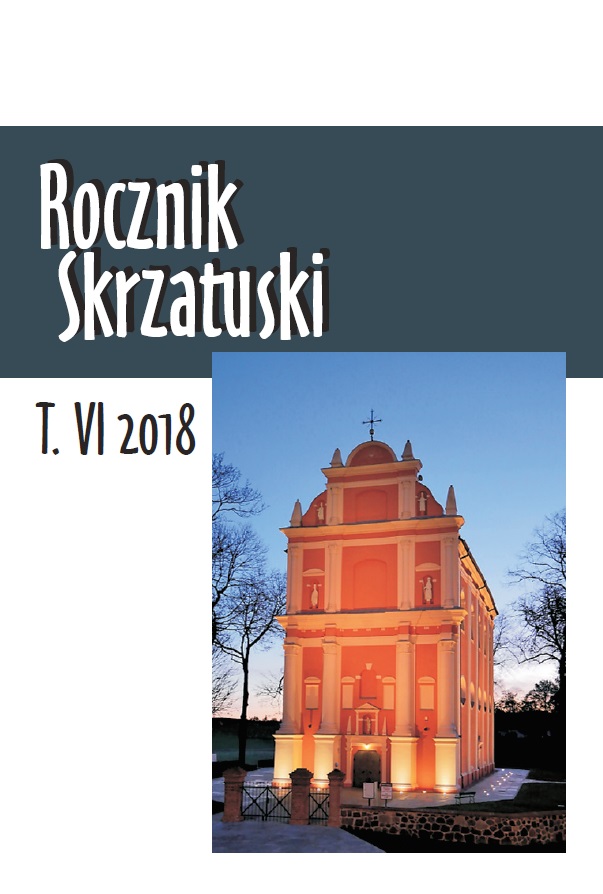

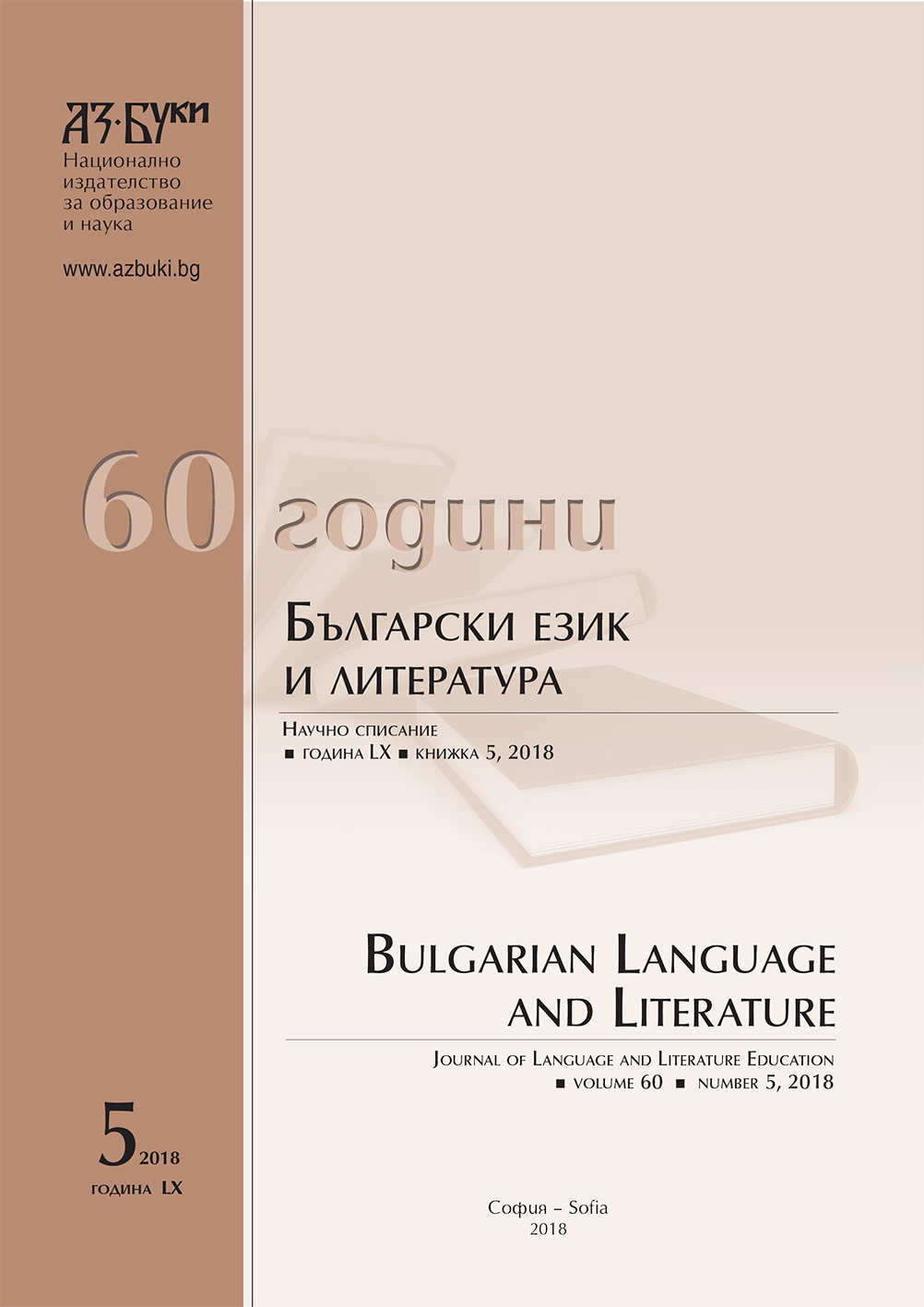
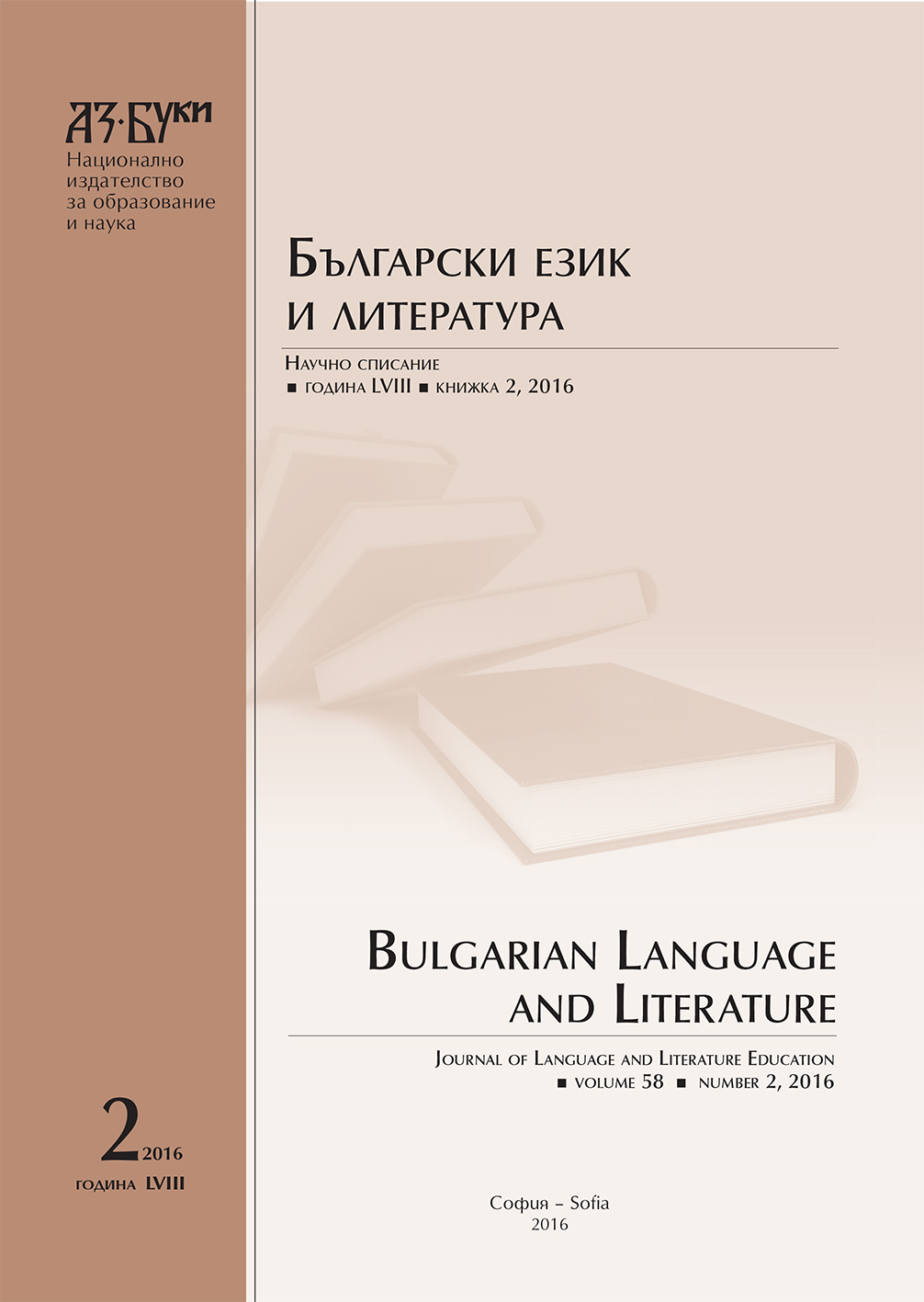

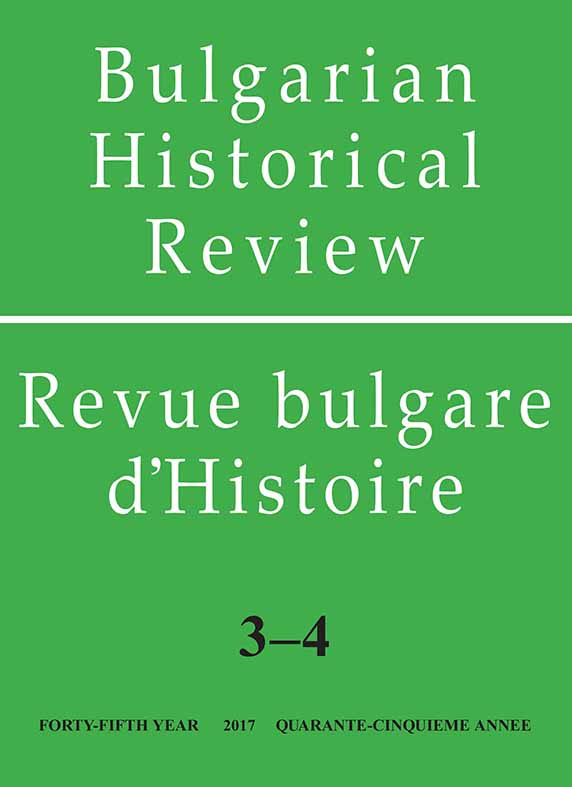
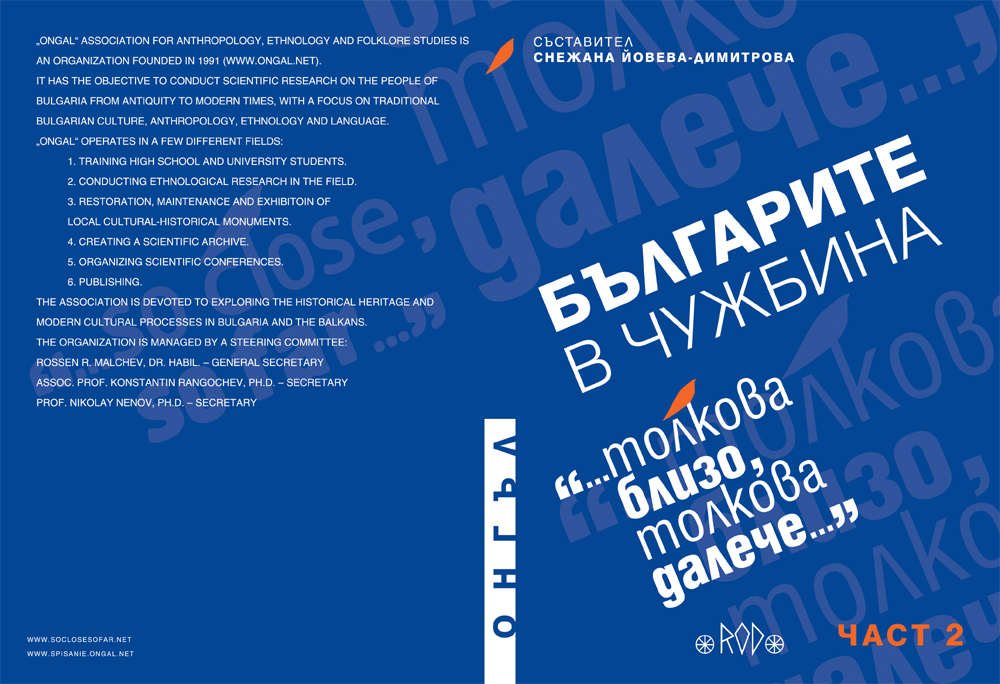
The Bulgarian School at the Bulgarian Embassy in London is the first Bulgarian school in the UK, established in 1987. Its history is closely in¬tertwined with one person – the doyen of Bulgarian diplomacy, Mr. Ivan Stancioff. In the year of the 30th anniversary of its establishment, the school took pride in being named after the person who preserved it and today its official name is Ivan Stancioff Bulgarian School at the Bulgarian Embassy in London, UK. 2017 is also an anniversary year for the Association of Bulgarian Schools Abroad (ABSA), established in 2007. Mrs. Snezhina Grigorova-Mecheva, school principal and spokesman for ABSA since the establishment of the Association talks about the history of Ivan Stancioff Bulgarian School and ABSA, about the relationship between them, and about how currently, the number of Bulgarian schools abroad is approaching 400. About how Bulgaria lives and is preserved beyond the borders of Bul¬garia through the work of the teachers on all continents.
More...